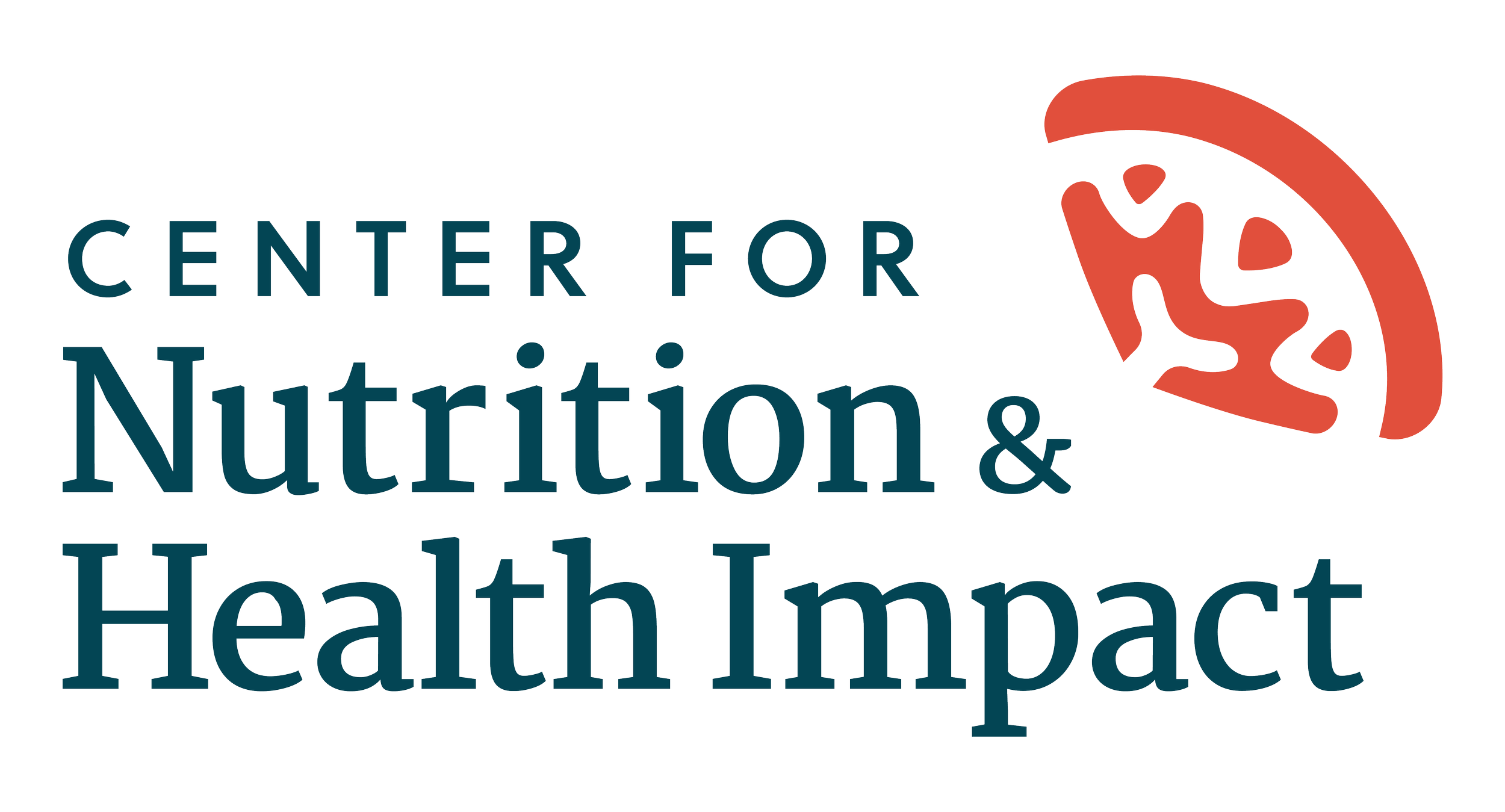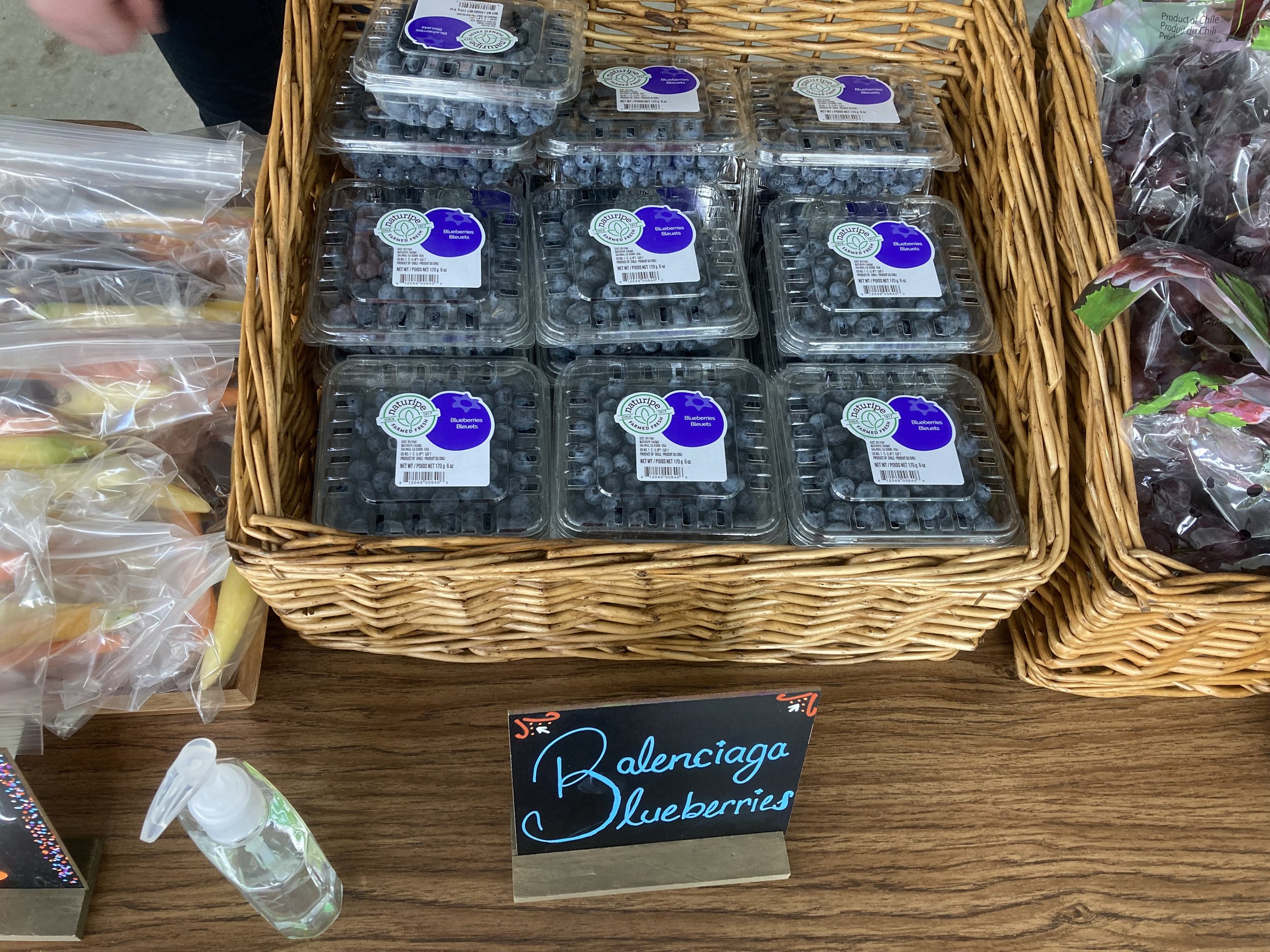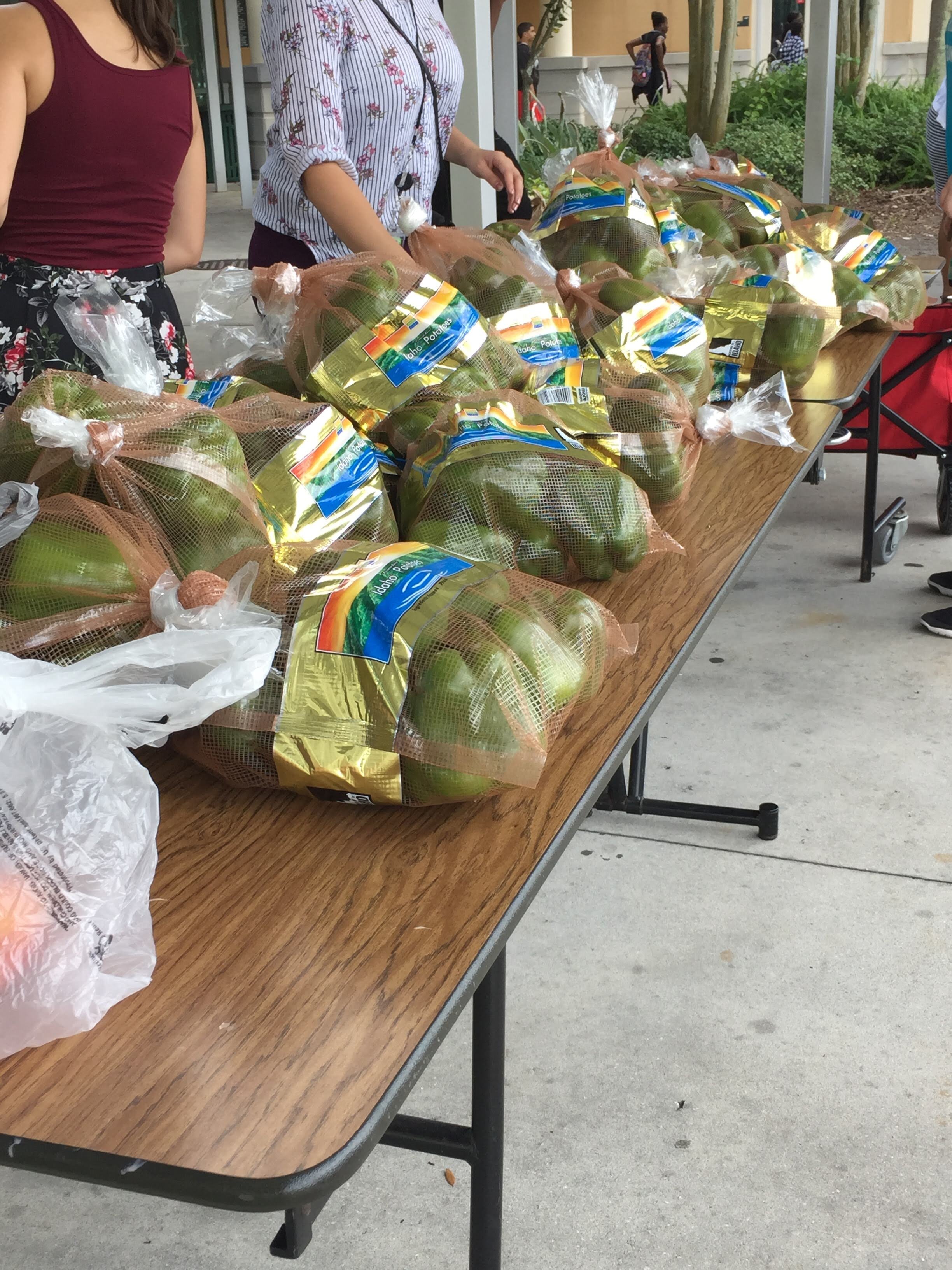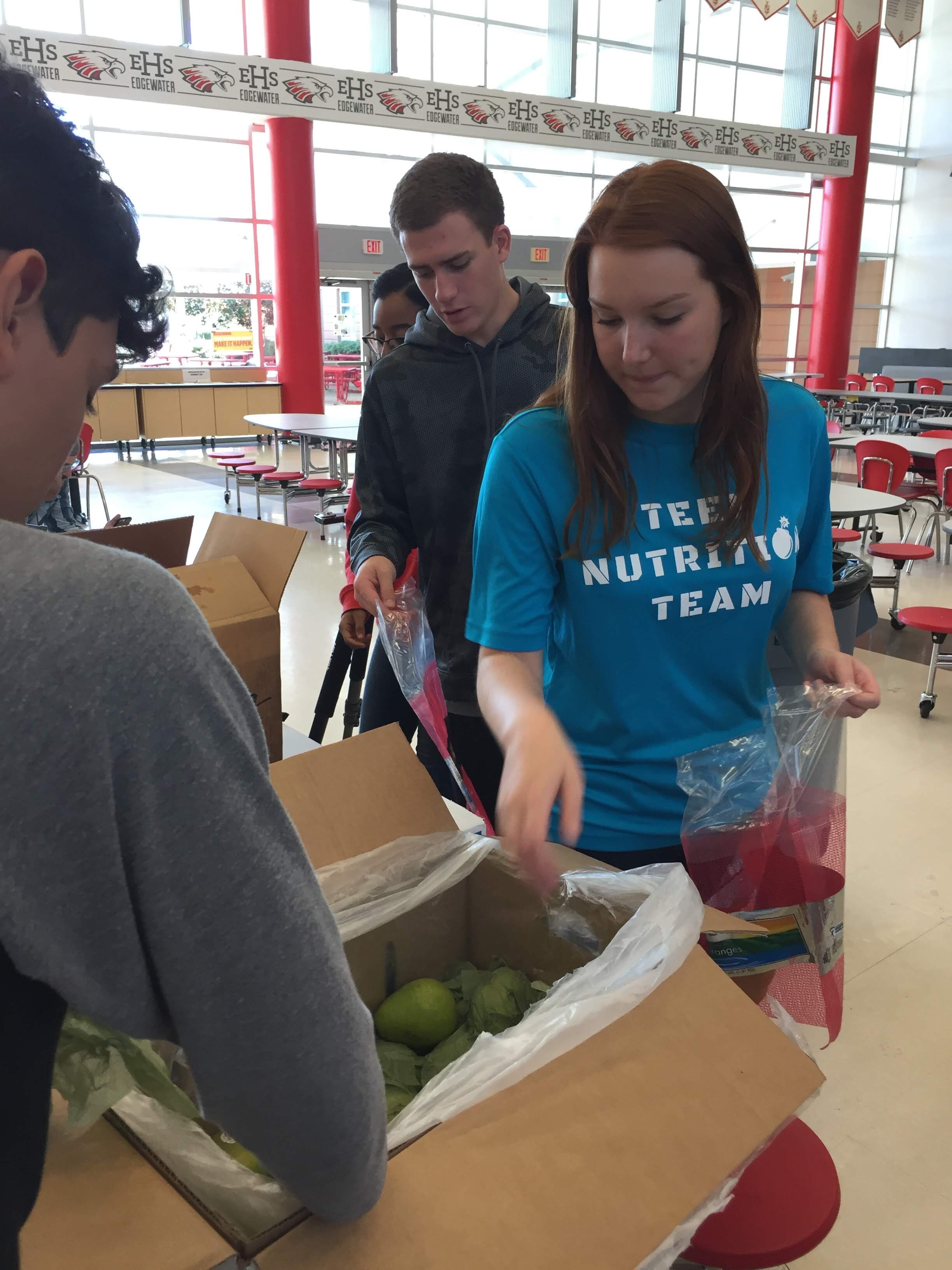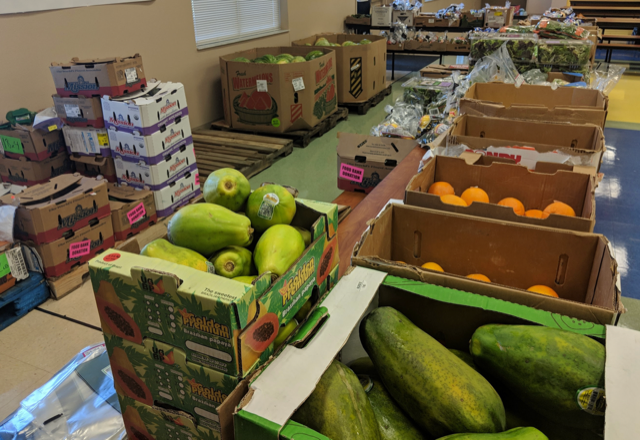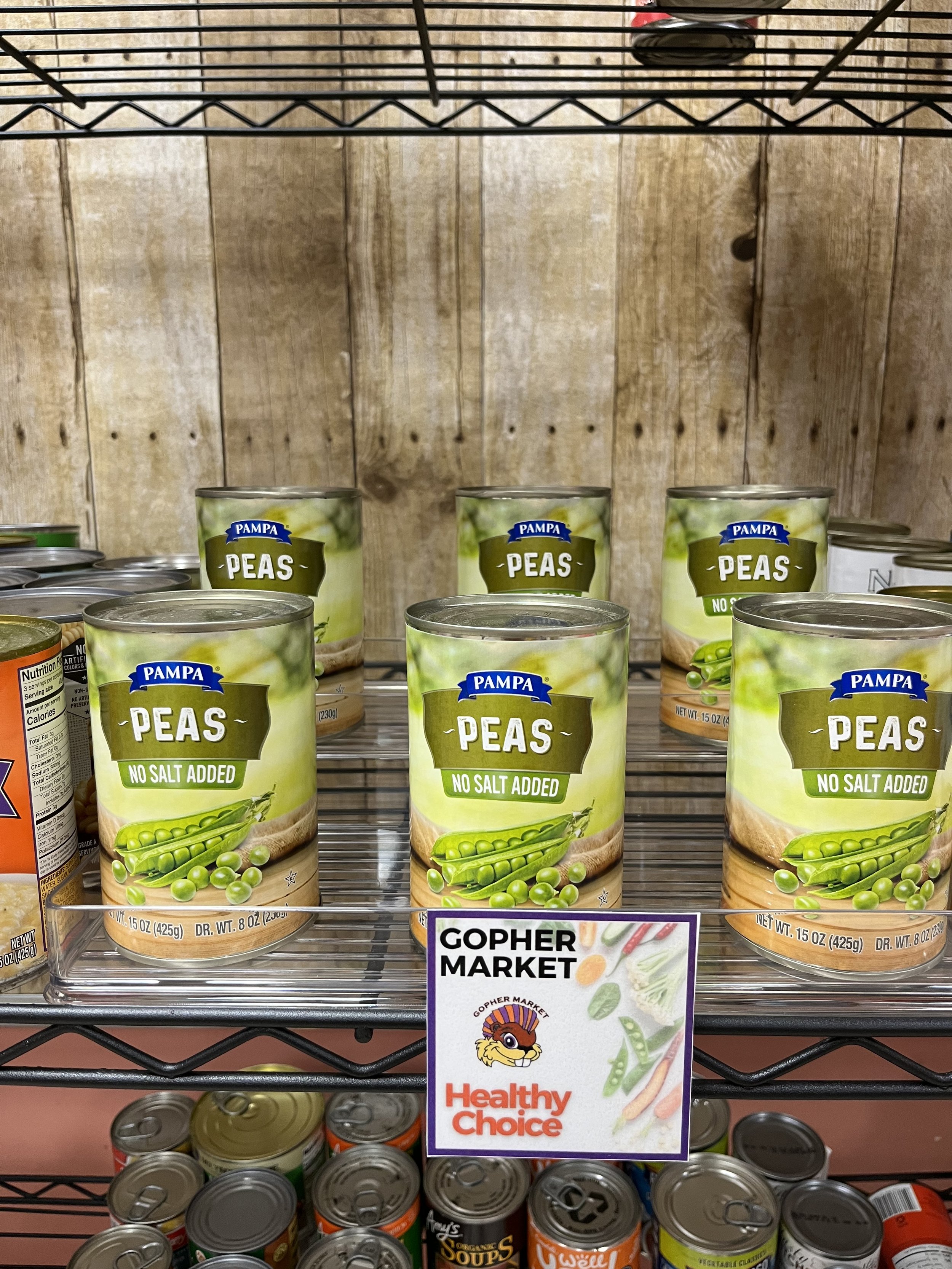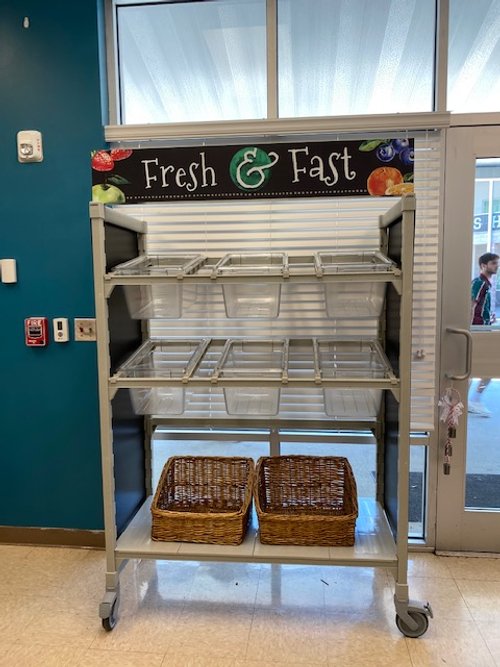Second Harvest Food Bank of Central Florida
Orlando, Florida
The School Partnerships Program seeks effective and evidence-based methods to improve nutrition knowledge and behaviors in our student-led markets. Evaluation support will provide insight about best practices in reaching this critically underserved population. Ultimately, we hope these efforts will establish a scalable model to reduce the rate of teen nutrition insecurity across Central Florida.
Funded Program
Since its inception in 2017, Second Harvest Food Bank of Central Florida’s School Partnerships Program has served over one million meals to elementary, middle and high school students and their families at 65 partnerships located across six counties in Central Florida. Second Harvest established a foundation for supporting students’ health and wellness through their School Market program. School Markets, an at-school “grocery store,” provide access to nutritious shelf stable food and fresh produce for children and their families at no cost. School Markets are run by students and distribute food after school throughout the school year for middle and high school students. These markets have no income requirements, one way that the markets create a stigma-free atmosphere for all students to shop. In addition to improving access to nutritious foods, School Markets are a nutrition education resource for teens. Students participating in the Student Market Management Team receive training and guidance from Second Harvest Food Bank of Central Florida’s Health and Hunger Strategy Specialist. Students apply the training they receive to implement nutrition nudges within their student-led school pantries and fresh produce distributions. Nutrition nudges are small changes to the market’s physical environment that subtly influence the decisions that student shoppers make, in this case “nudging” towards choosing the healthiest options available.
Q&A with Second Harvest’s Health and Hunger Strategy Specialist Angela Corona:
What about the School Markets excites you most?
What I love about the school markets is that they serve as a welcoming and stigma-free environment for students to access healthy foods. That stigma-free approach lowers so many barriers for students experiencing food insecurity, and is a meaningful strategy to address not just food insecurity, but nutrition security as well.
What will data collection entail over the next few months?
As the school year is nearing the end, we are gearing up for our final post-survey evaluations at each of our schools. Our teachers and students will be responsible for making the survey available to all students at the school. We’ll compare our survey results in April to the survey results from our baseline assessment back at the beginning of the school year. Additionally, before the year ends we’ll be doing focus groups with the Student Market managers who implemented our nutrition nudges in the market to get their feedback on the process of implementation, as well as their perceptions about the value and impact of the nudges. Finally, we’ll do one-on-one interviews with the participating teachers to hear their perspective as well.
How has the Gretchen Swanson Center’s evaluation expertise and technical assistance benefited your organization so far?
We’ve gained a lot of knowledge and resources through the Gretchen Swanson Center training and technical assistance, particularly in the planning portion of the evaluation plan. The Gretchen Swanson Center’s team provided a framework for how to work through an evaluation plan, which provided us with a clear path forward and a different way to approach evaluation in program design. This framework is something we can use with other teams and projects within our organization as well, strengthening the evaluation work of our department and allowing us to tell about the success of our work in a more data driven manner. The accompanying resources provided by the Gretchen Swanson Center team have also been invaluable, specifically the Core Measures directory, a directory of validated instruments and tools for common outcomes. That resource was invaluable in planning this particular evaluation with our School Markets and has already come in handy while working on other programs at the food bank
What are you hoping to learn from the evaluation? How do you plan to use the results?
We are hoping to show that the nudge implementation at the School Markets had some impact on the fruit and vegetable consumption of students utilizing the School Markets, their attitudes towards fruits and vegetables and attitudes around trying new foods. If successful, we’d like to use the results as the rationale to scale the nutrition nudge model at other School Markets within our network. We know the data and accompanying success stories would help us bolster our recruitment efforts with schools and provide the foundational “why” for asking School Market staff and students to go beyond basic market operations to strive for a more meaningful market experience for students in regards to health and nutrition.
About Second Harvest Food Bank of Central Florida
Second Harvest Food Bank of Central Florida is working to alleviate hunger in communities across Central Florida. Over the last 36 years, we have established a pipeline of food distribution programs and a broad network of strategic feeding partner agencies that spans six counties along with specific outreach activities and programs to support underserved and underrepresented communities in the region. We distribute more than 118 million pounds, equivalent to approximately 96 million meals, annually from our main facility located in Orlando and two additional branches in Volusia and Brevard counties.
Our ability to connect with people and provide them access to fresh, nutritional food depends on our 550 incredible feeding partners which help distribute tens of millions of pounds of emergency food assistance annually for vulnerable individuals and families with children. Second Harvest has also put considerable effort into developing and prototyping programs that address root causes of hunger in Central Florida communities such as our nutrition education initiatives to help improve food literacy for adults and children and our professional development training programs for adults to help create opportunities for prosperity in our community that enhances lives. More information can be found at feedhopenow.org.
Mission: To create hope and nourish lives through a powerful hunger relief network, while multiplying the generosity of a caring community.
